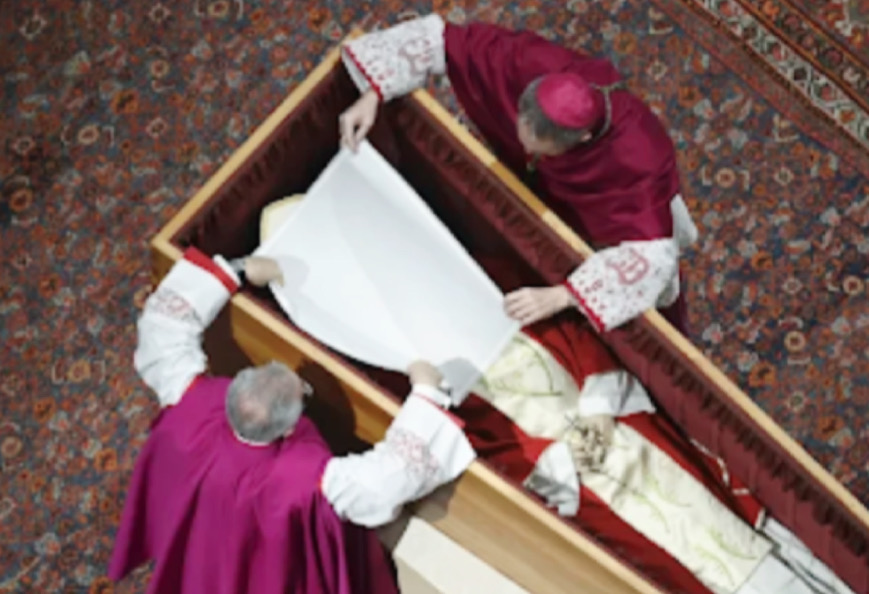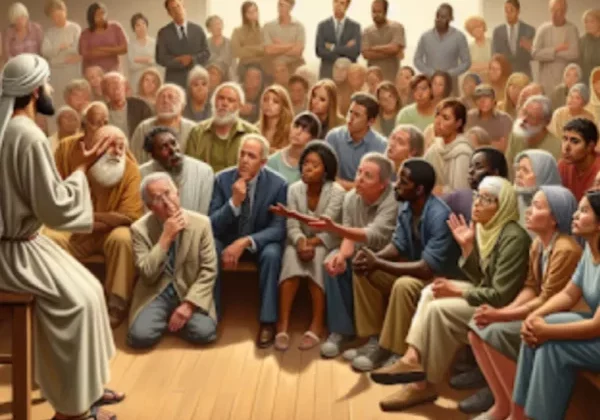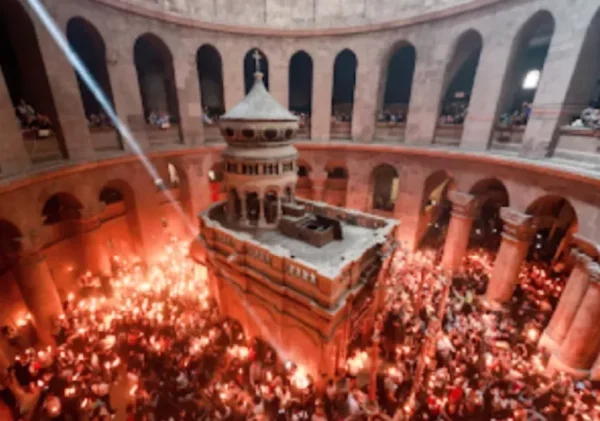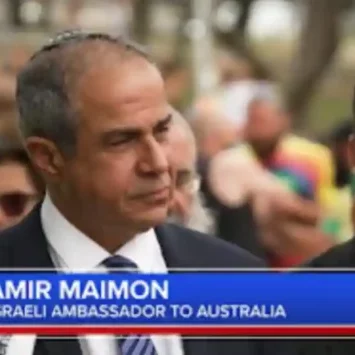Preparations Begin for Pope Francis’ Final Rites After His Death

SHARE
The Catholic Church has entered a solemn period of mourning following the passing of Pope Francis. In keeping with tradition and recent reforms introduced by the pontiff himself, preparations for his final rites are now underway. These rites, rich in centuries-old customs yet marked by Francis’ desire for simplicity and humility, reflect his identity as a servant of Christ rather than a worldly ruler.
The death of a pope initiates a well-defined sequence of ceremonial events, starting with the official declaration of death. In this case, the confirmation occurred in Pope Francis’ personal chapel at Santa Marta, the modest Vatican residence he chose over the Apostolic Palace.
Cardinal Kevin Farrell, the camerlengo responsible for overseeing Vatican affairs during the sede vacante (vacant seat), led the ritual declaration, supported by Vatican health officials who documented the cause of death—pneumonia and kidney failure.
Francis had revised the “Ordo Exsequiarum Romani Pontificis,” or the Rite of Burial for Roman Pontiffs, simplifying many ceremonial elements. His body will lie in a wooden coffin with a zinc interior, omitting the traditional triple casket of cypress, lead, and oak. He will be dressed in red liturgical vestments, a pallium stole, and his bishop’s miter. A Paschal candle will stand nearby, symbolizing the risen Christ.
Before the public can pay their respects, his body will rest in Santa Marta for internal rites. Then, the coffin will be moved to St. Peter’s Basilica, where it will be placed directly on the floor, rather than on an elevated platform, facing the congregation. The Litany of the Saints will accompany the procession. This setup echoes Francis’ desire for a humble and accessible farewell.
On the eve of the funeral, senior cardinals will witness the sealing of the coffin. A white cloth will cover his face, and a leather pouch with coins minted during his papacy will be placed inside, alongside a rogito—a written summary of his pontificate. The document, read aloud and sealed in a metal tube, will be stored in the coffin. Both the zinc and outer coffins will be engraved with a cross and Pope Francis’ coat of arms, bearing the Jesuit motto “Miserando atque eligendo” (Having had mercy, he called him).
The funeral will be held within six days and presided over by Cardinal Giovanni Battista Re, Dean of the College of Cardinals. If he is unable, Vice Dean Cardinal Leonardo Sandri will officiate. In accordance with Francis’ personal request, he will not be buried in the traditional grottoes beneath St. Peter’s Basilica. Instead, he chose the Basilica of St. Mary Major—home to the icon of the Virgin Mary he deeply venerated, Salus Populi Romani.
Following the funeral, the Church will observe novemdiales, a nine-day mourning period marked by special Masses and prayers. The conclave to elect the next pope will begin shortly thereafter, as cardinals under the age of 80 gather in the Sistine Chapel to choose the new successor to the See of Peter.
*Cover Photo/Thumbnail Photo from cbcew.org.uk
RELATED ARTICLES

I’m a Christian and I Got No Startup Money!

Tempted to Abandon My Calling

A Christian’s Call to Wise Listening









